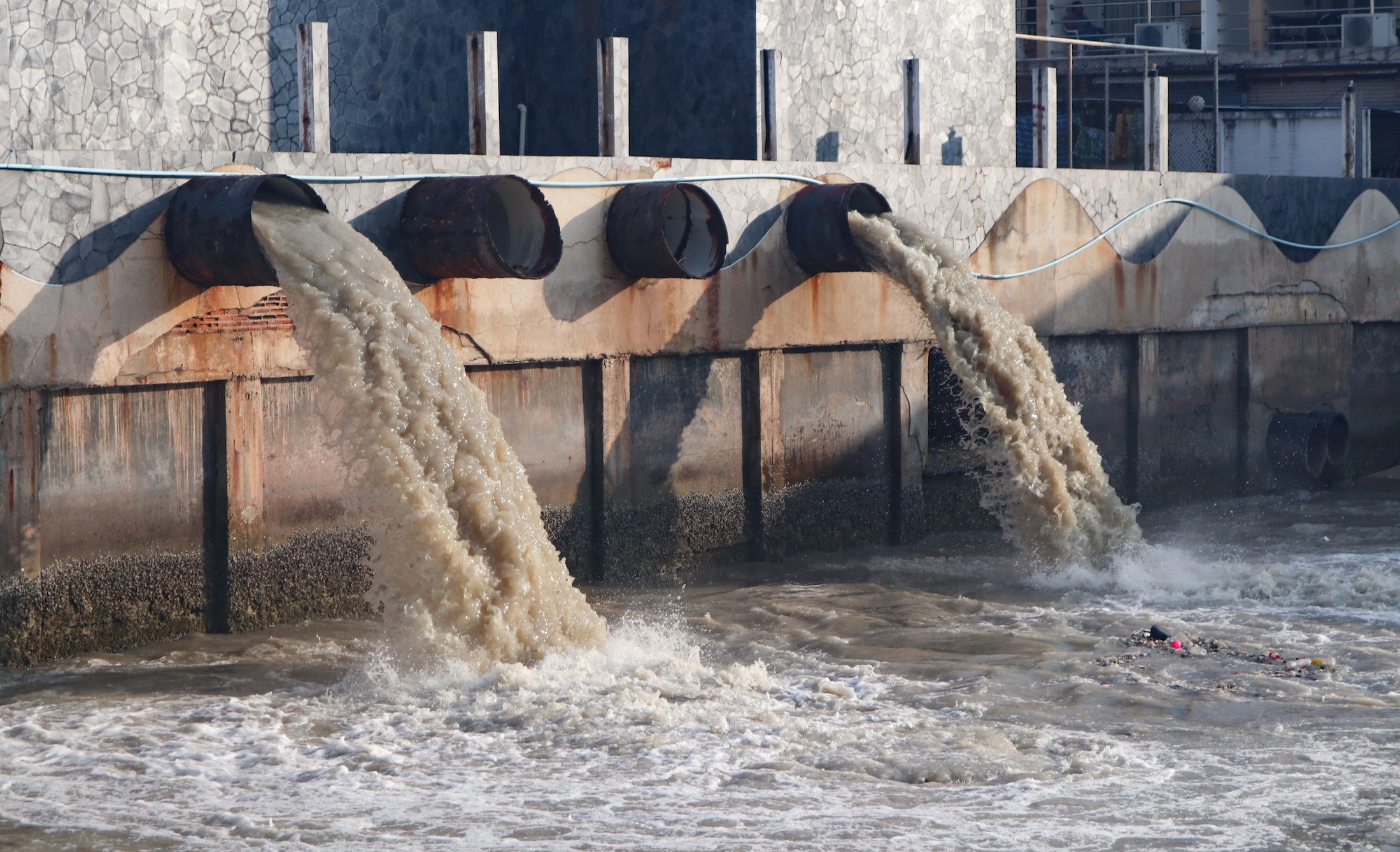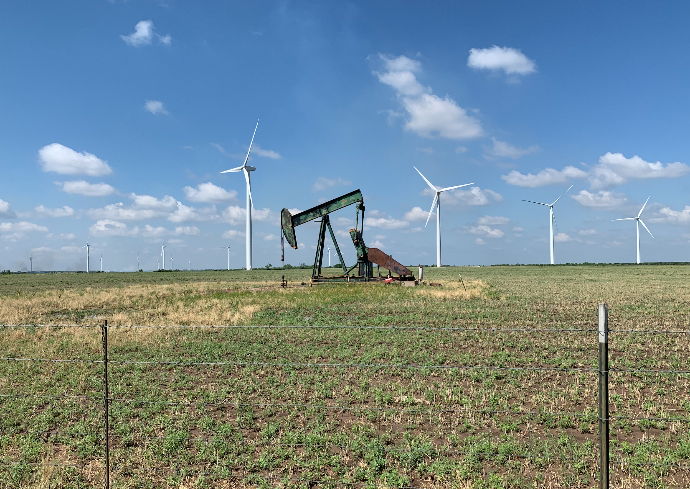The Economic Benefits of a Circular Waste System
Reduce Capital Duplication
Waste streams are traditionally treated as separate. By combining the disposal of wastewater sludge, green waste and food waste, the Bioenergy Resource Recovery Plant will reduce capital duplication by processing multiple waste streams through a single plant.


No Increase in Water Rates
A circular economic model generates revenue, offsets carbon emissions, reduces liability and creates income from commercial ETS credit sales.
A small Bioenergy Resource Recovery Plant breaks even after seven years. A larger Bioenergy Resource Recovery Plant can be debt-funded from clean energy investors, or returns from the ITWP revenue can be reinvested in ageing water maintenance.
No matter who owns the BRRP, it will pay for itself without an increase in costs.
Green Economic Growth
Attract investment into high-skilled green jobs. Grants and private investment are available to create new biotech jobs during construction and operations. Growing the local economy will reduce climate issues facing your primary and horticultural industries.


Reduced Land Footprint
A smaller footprint is possible as the Bioenergy Resource Recovery Plant combines multiple waste streams into a single disposal site—there is no need to purchase land to discharge processed wastewater or reclaim land from sludge ponds.
A Bioenergy Resource Recovery Plant has a significantly smaller footprint than open-air composting or a landfill, with no odour and 10x faster biodegradation due to heat and pressure.